Tagged in Thought Leader
Using AI to estimate and target immunization coverage with True Cover
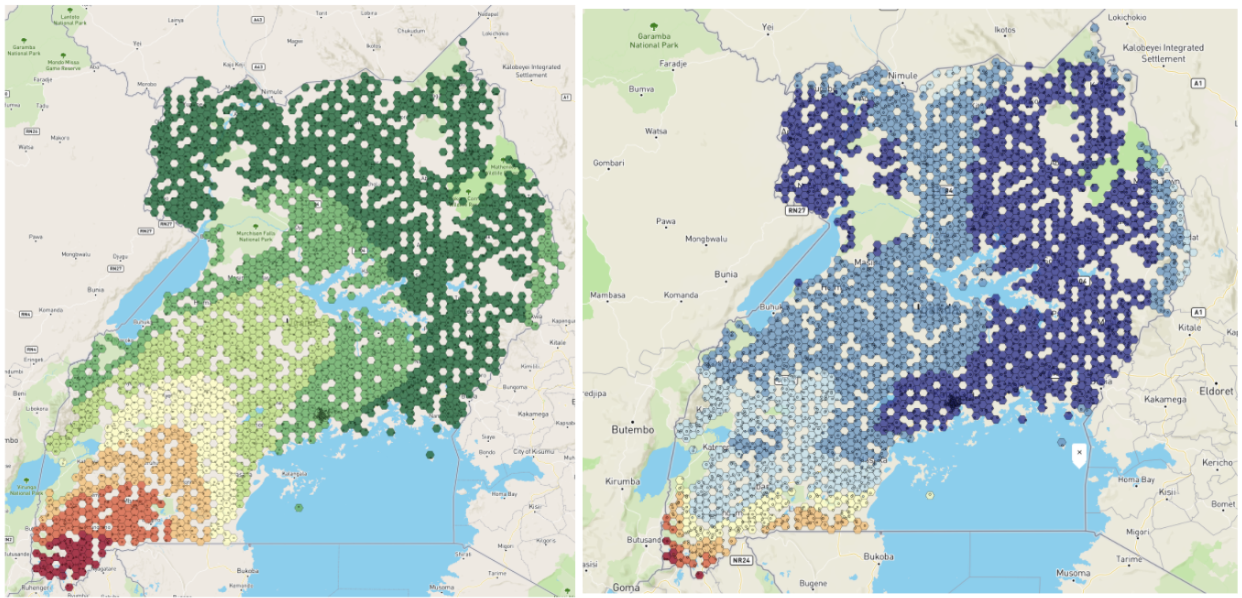
Ona created True Cover, a methodology and set of tools that combine high-resolution satellite imagery, spatial sample modeling methods, and lightweight mobile data collection, to enable health facility staff to more accurately calculate coverage for their catchment area. In this post, we look at developing the algorithm and validating the results.
From e-Chaos to sustainable health impact with FHIR

Despite remarkable progress in digital health, we believe the industry faces significant obstacles to greater impact if we continue with business as usual — and instead propose a holistic solution built around the FHIR standard.
Three Advantages of a Modern Data Stack for Digital Development

Managing data in the development sector can be messy. Development organizations want reliable data to assess the effectiveness of their interventions, aiming for continuous improvement and evidence-based decision-making. They strive to expand beyond traditional surveys and Monitoring and Evaluation (M&E) by digitizing operations and taking advantage of innovations like mobile data collection to gain better insights.
Why the WHO SMART Guidelines and FHIR are necessary for universal health access
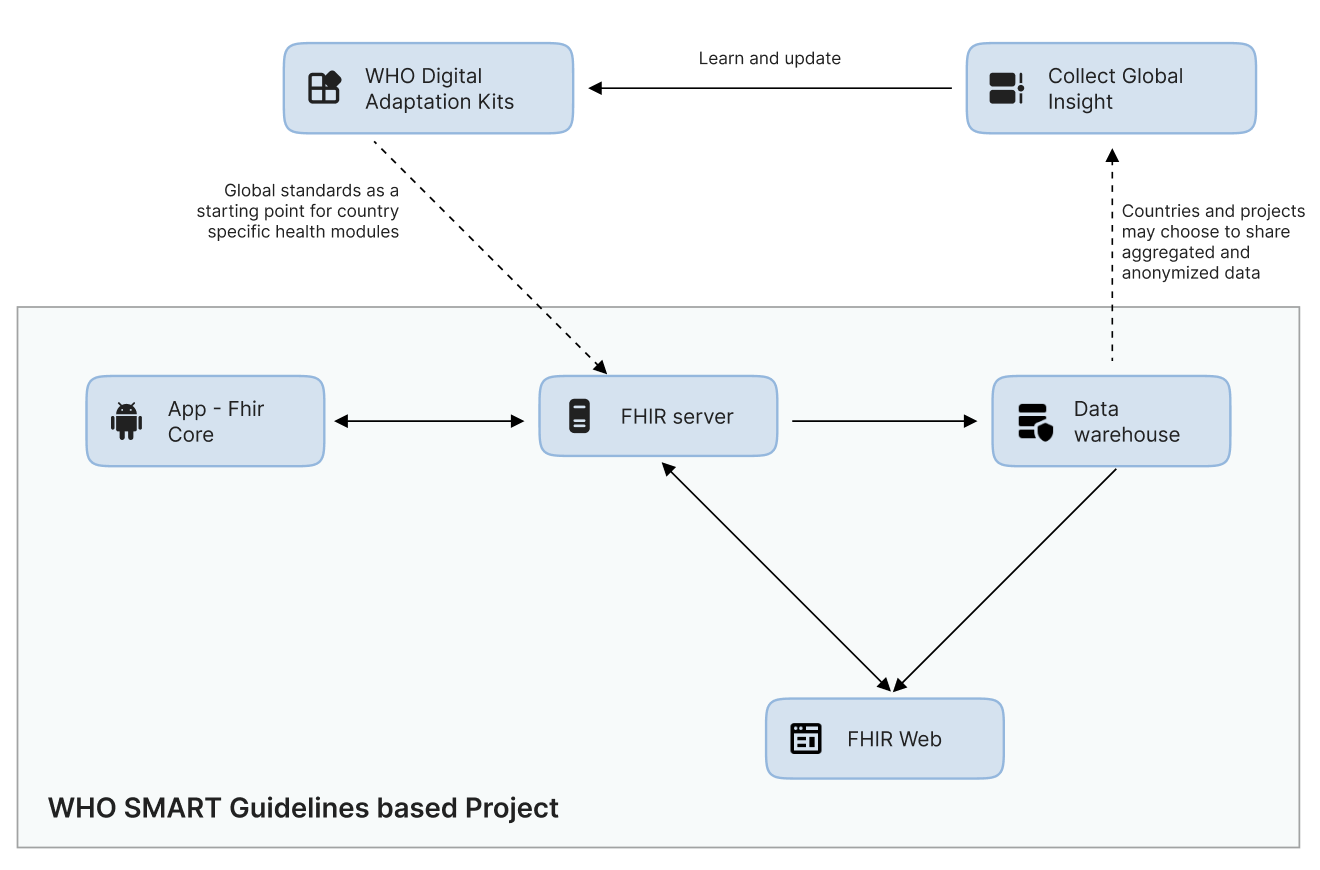
Half of the world’s population is unable to obtain essential health services or the typical healthcare services offered in large facilities. The rise of community health workers and community health service programs have been transformative, but they are at the limits of their ability to improve outcomes.
Eight Reasons Why FHIR is Important for Global Health
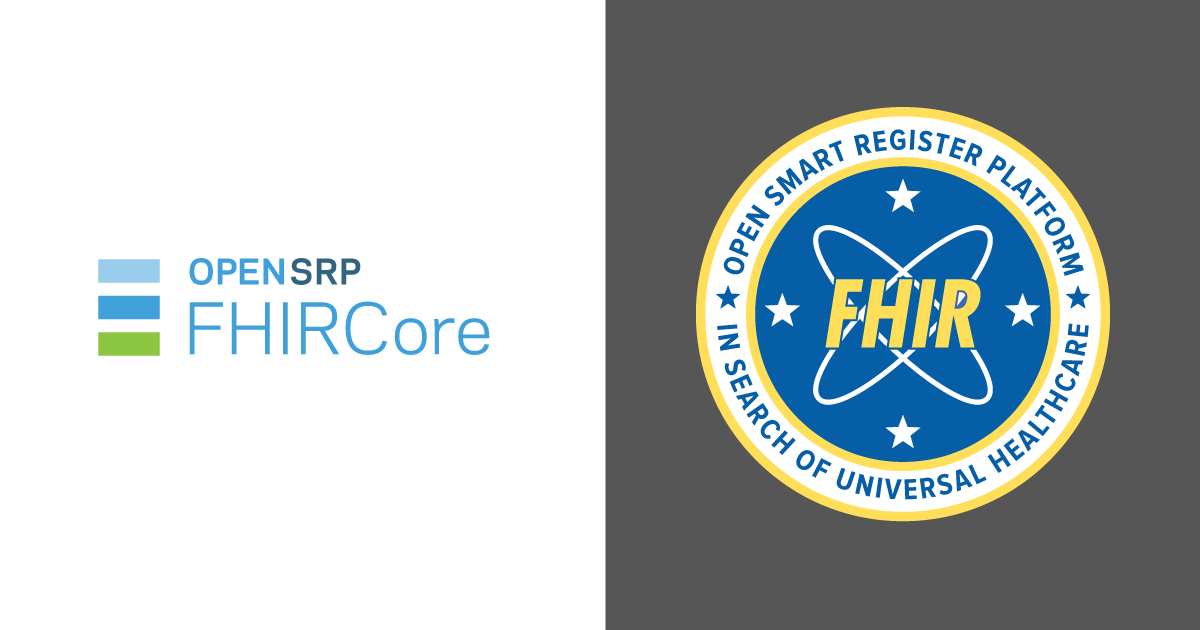
FHIR is a data standard evolved from HL7, which pioneered the field of health data exchange. Importantly, since its introduction a decade ago, it has become the globally accepted standard describing how to represent and exchange health data.
Introducing OpenSRP FHIR Core - Why we are going all in on FHIR
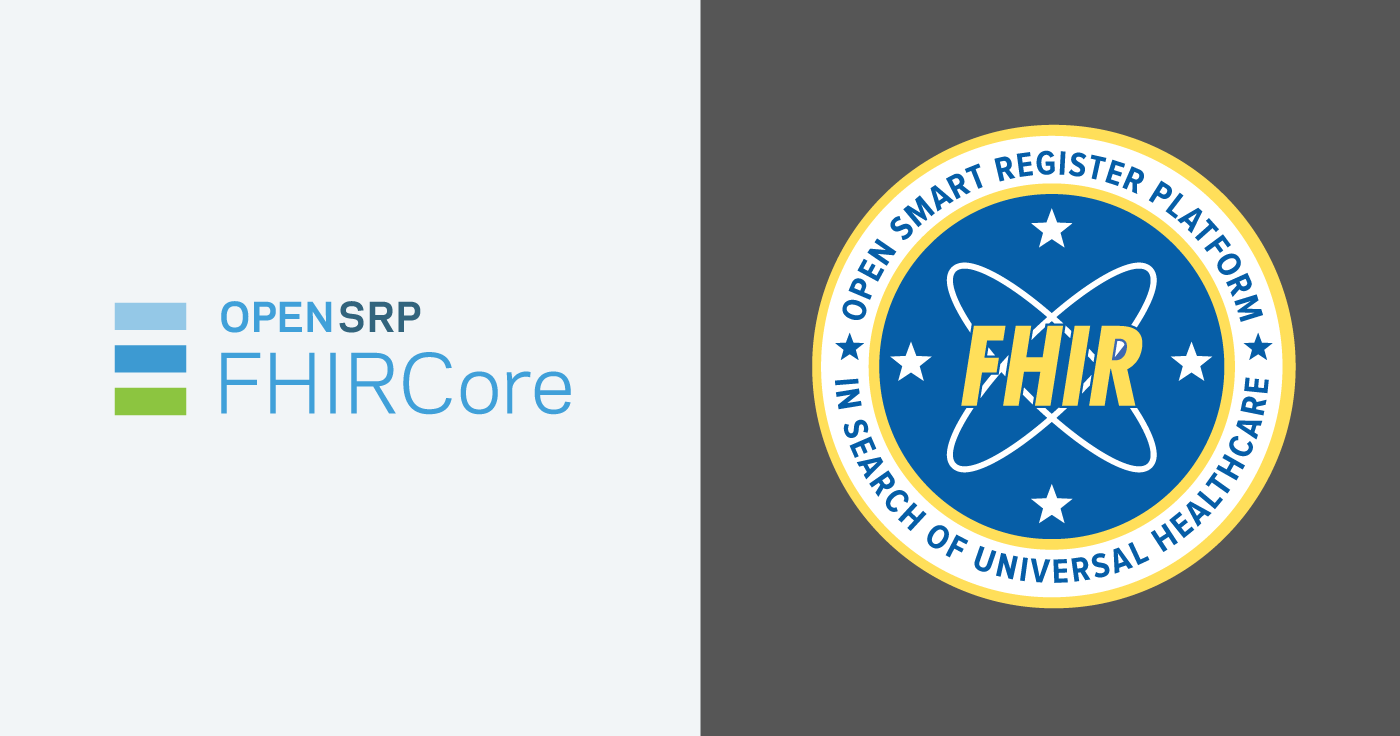
When I first heard of HL7 FHIR (Fast Healthcare Interoperability Resource), I think, like most, l understood its application as a data exchange standard with promises of facilitating interoperability.
How AI Strengthens Global Health and Humanitarian Response

The future of healthcare, like the future of most industries, is inextricably tied to the tech industry. Tech is important to not just the level of patient care, but also the operation of systems delivering this care, arguably most importantly, patient access to health services. But timing plays a key part in success. The right
Presenting on Machine Learning for Healthcare at the Royal Academy of Engineers
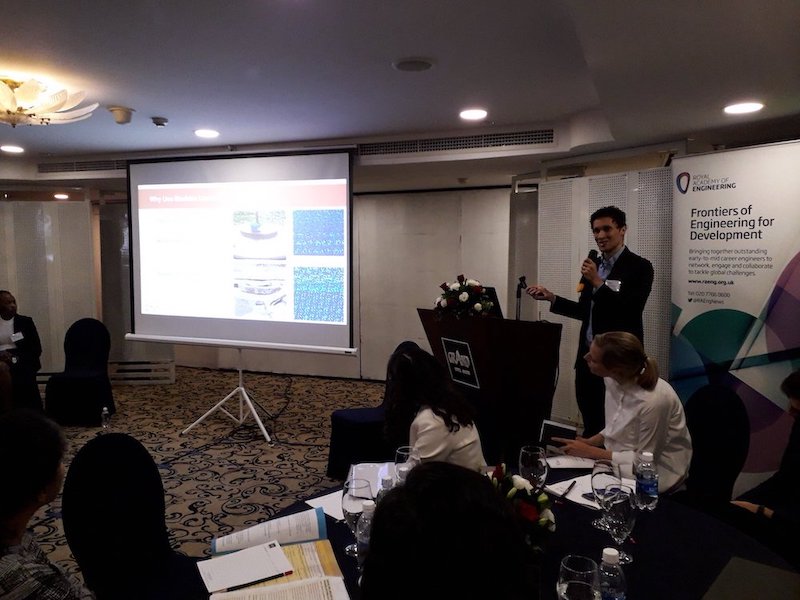
This past week we were in Vietnam for the Royal Academy of Engineers Frontiers of Development symposium, which is brought together engineering leaders in academia and industry to solve global development issues. I presented on ways to re-think how we can utilize machine learning and engineering in low and middle income countries to create more
Ona On The Data Engineering Podcast
I was recently interviewed by Tobias Macey for the Data Engineering Podcast, the podcast about modern data management. We talked about the history of Ona and some of the technical challenges we’ve had to address to build global data collection platforms in humanitarian, international development, and global health verticals. You can check it out below.
Applying the Principles for Digital Development to Data Platforms
In Streaming Ona Data with NiFi, Kafka, Druid, and Superset, we went into detail on our technical approach to building a streaming data architecture, yet we skipped over why this is important. Simply put, we think the widespread practice of building custom software solutions in international development is a waste of time and money. This isn’t

